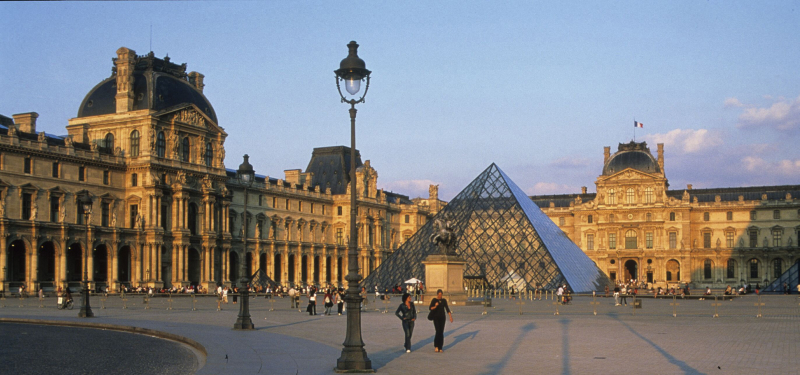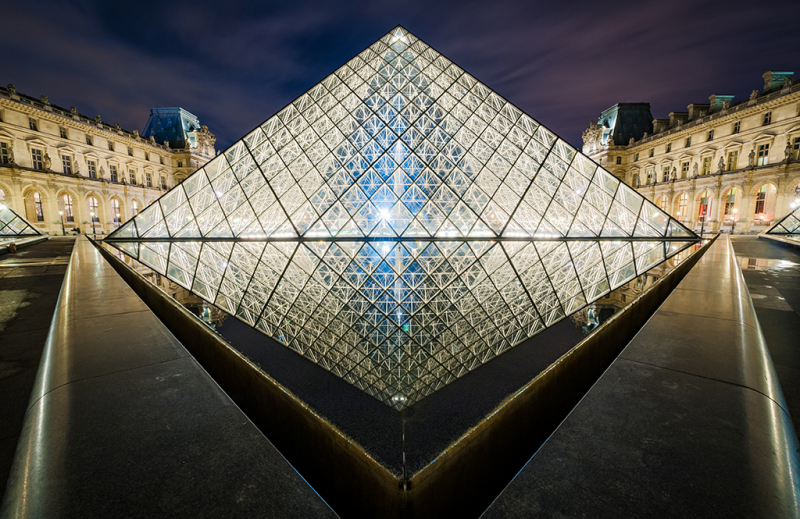Louvre Museum

The Louvre, often known as the Louvre Museum, is the most popular museum in the world and a famous landmark in Paris, France. Some of the most well-known works of art, like as the Mona Lisa and the Venus de Milo, are housed there. It is situated on the Right Bank of the Seine in the city's 1st arrondissement and is a major landmark (district or ward). Over a space of 72,735 square meters, almost 38,000 artifacts from prehistory to the 21st century are on display at any given moment. Due to the COVID-19 pandemic, attendance in 2021 was 2.8 million, up 5% from 2020 but still much lower than pre-COVID attendance. In spite of this, the Louvre continued to be the most popular art museum in the world in 2021.
The Louvre Palace, where the museum is located, was initially constructed in the late 12th to early 13th century by Philip II. In the museum's basement, ruins of the medieval Louvre stronghold may be seen. The stronghold soon lost its military use due to urban growth, and Francis I transformed it into the main palace of the French Kings in 1546. The structure was repeatedly expanded to become the current Louvre Palace. Louis XIV decided to move his family to the Palace of Versailles in 1682, leaving the Louvre largely as a museum for the royal collection, which began to include an assortment of ancient Greek and Roman sculpture in 1692. The permanent collection takes up more than 60,600 square meters (652,000 square feet) of the Musée du Louvre, which also houses more than 380,000 other artifacts and 35,000 pieces of art. The Louvre displays sculptures, decorative objects, paintings, sketches, and artifacts from archaeology.
Detailed information:
- Founded: 1793
- Louvre Location: Paris, France
- Louvre Annual Budget: USD 350 million
- Louvre Annual Visitors: 9.6 million













